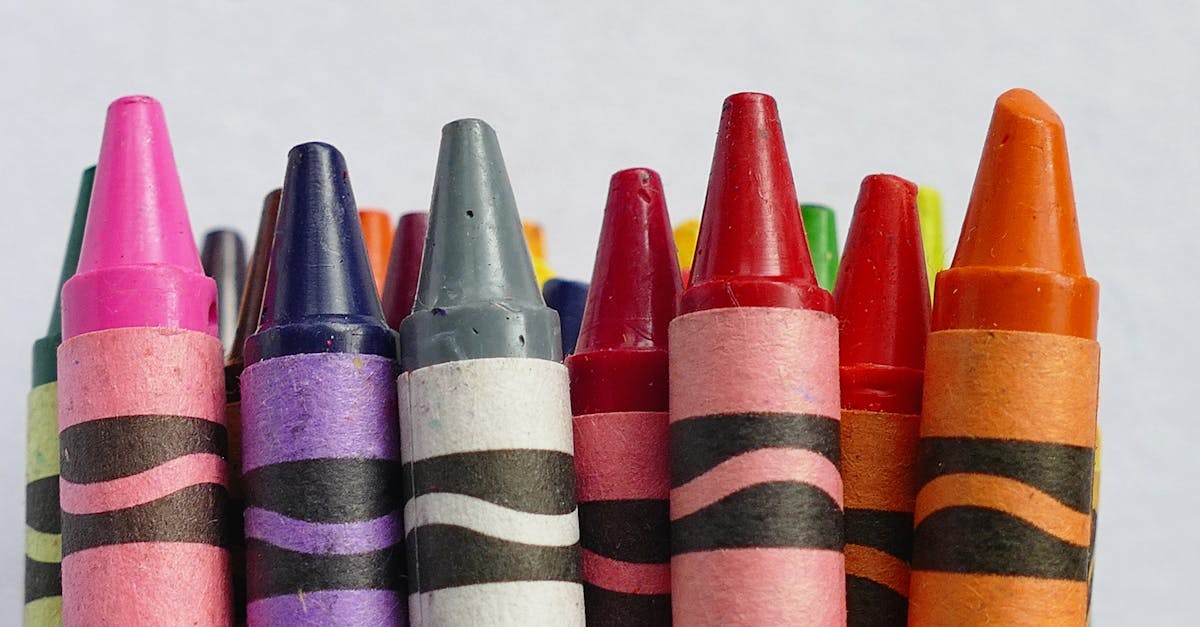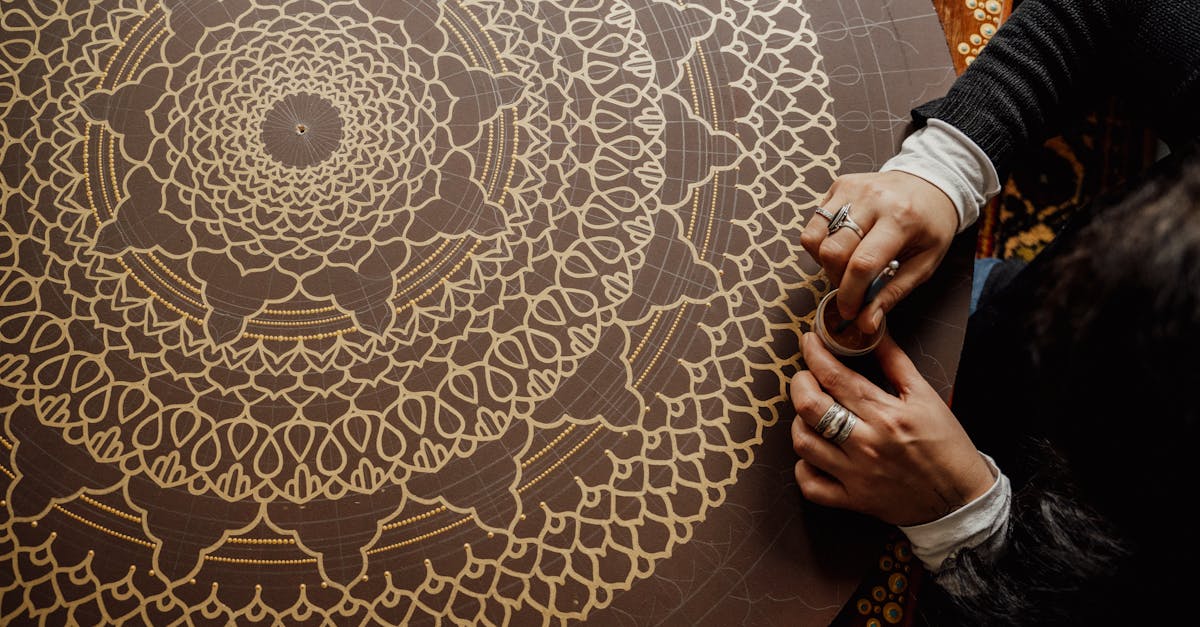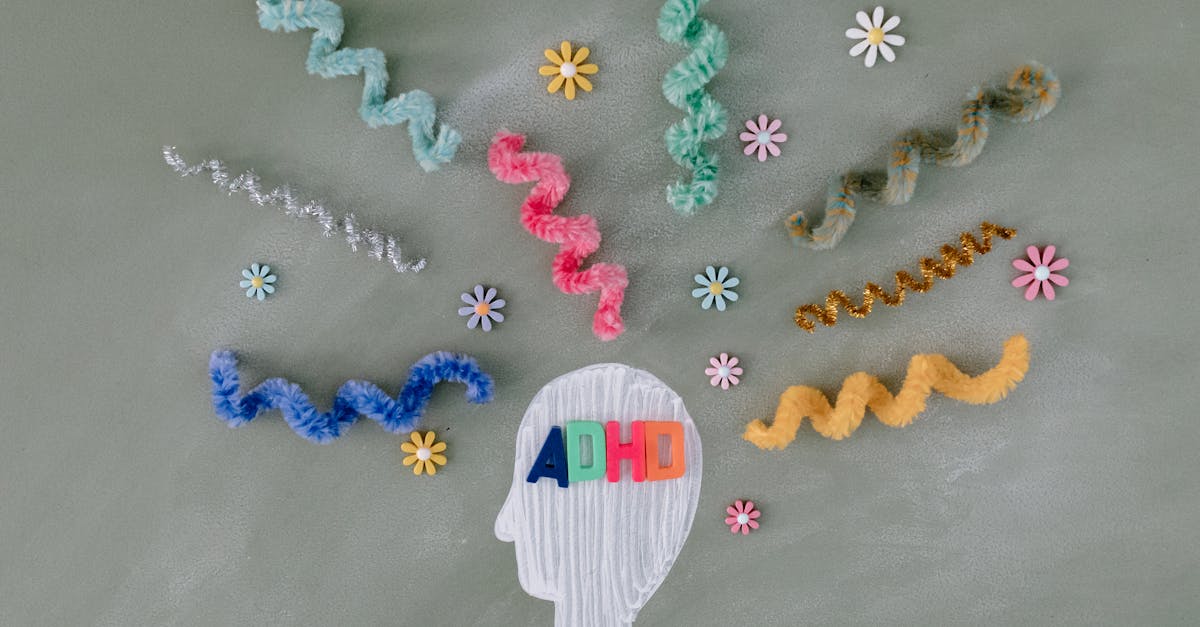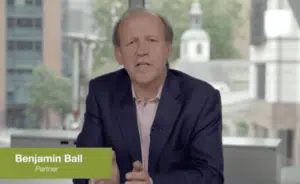Art therapy stems from a creative approach that allows for channeling emotions and reducing stress in a professional environment. By integrating artistic activities such as drawing, painting, or even writing, this practice helps to relieve accumulated pressure. When it comes to executive stress, often caused by heavy responsibilities and a fast-paced work environment, art therapy proves to be an effective solution for regaining serenity and mental clarity. The benefits of this approach rely on its ability to promote mindfulness, decrease cortisol levels in the blood, and improve emotional management. Immersing oneself in artistic creativity thus becomes a powerful means of expression and decompression.

Definition of art therapy for decompressing from executive stress
Art therapy is a psychological care method that utilizes artistic language to express emotions and thoughts, thereby promoting well-being and healing. In the context of executive stress, it proves to be a valuable tool for managing tensions and pressures related to significant professional responsibilities. Far from being a simple distraction, art therapy allows one to delve into oneself and bring light to feelings often suppressed.
Stress, as a psychological and physiological response to situations perceived as threatening or demanding, can lead to increased levels of cortisol, the stress hormone. This, particularly in the professional environment, can manifest as symptoms such as anxiety, fatigue, or concentration issues. Art therapy offers a unique approach by allowing individuals to express themselves through creativity, thereby fostering a natural reduction of stress.
By choosing to engage in art therapy, one commits to a process of mindfulness where each creative gesture becomes a means of reconnecting with sensations and emotions. This allows for a better understanding of the nature of one’s stress, to “give body” to experiences that are sometimes difficult to verbalize. Art therapy thus helps to accept the present moment, visualize, and understand the underlying causes of negative emotions.
The techniques used in art therapy are varied and may include cutting, painting, drawing, or even sculpture. These activities allow individuals to focus on the creative process rather than the final outcome, thus centering attention on the experience lived. Studies have shown that these practices contribute to reducing anxiety and improving self-confidence, crucial elements for feeling better in a stressful professional environment.
Moreover, art therapy provides a safe space where individuals can freely explore their emotions. This protected environment allows for addressing difficulties without fear of judgment, thereby fostering a better understanding of oneself. Putting words to feelings through an artistic work also helps create a more coherent narrative of one’s experience, facilitating psychological reconstruction.
For professionals experiencing chronic stress, art therapy sessions can be integrated into a broader stress management program. Coupled with other techniques such as meditation, muscle relaxation, or yoga, art therapy constitutes a holistic approach to restoring emotional balance. This process encourages individuals to develop personal tools for better managing their stress, thus transforming daily challenges into opportunities for personal growth.
In summary, art therapy emerges as an effective response for professionals seeking to decompress from their executive stress. Through its creative and expressive methods, it not only allows for mental clarity but also strengthens resilience in the face of the challenges of the working world. By immersing themselves in an artistic practice, each individual can discover a path to inner serenity while cultivating a more positive relationship with their professional environment.












